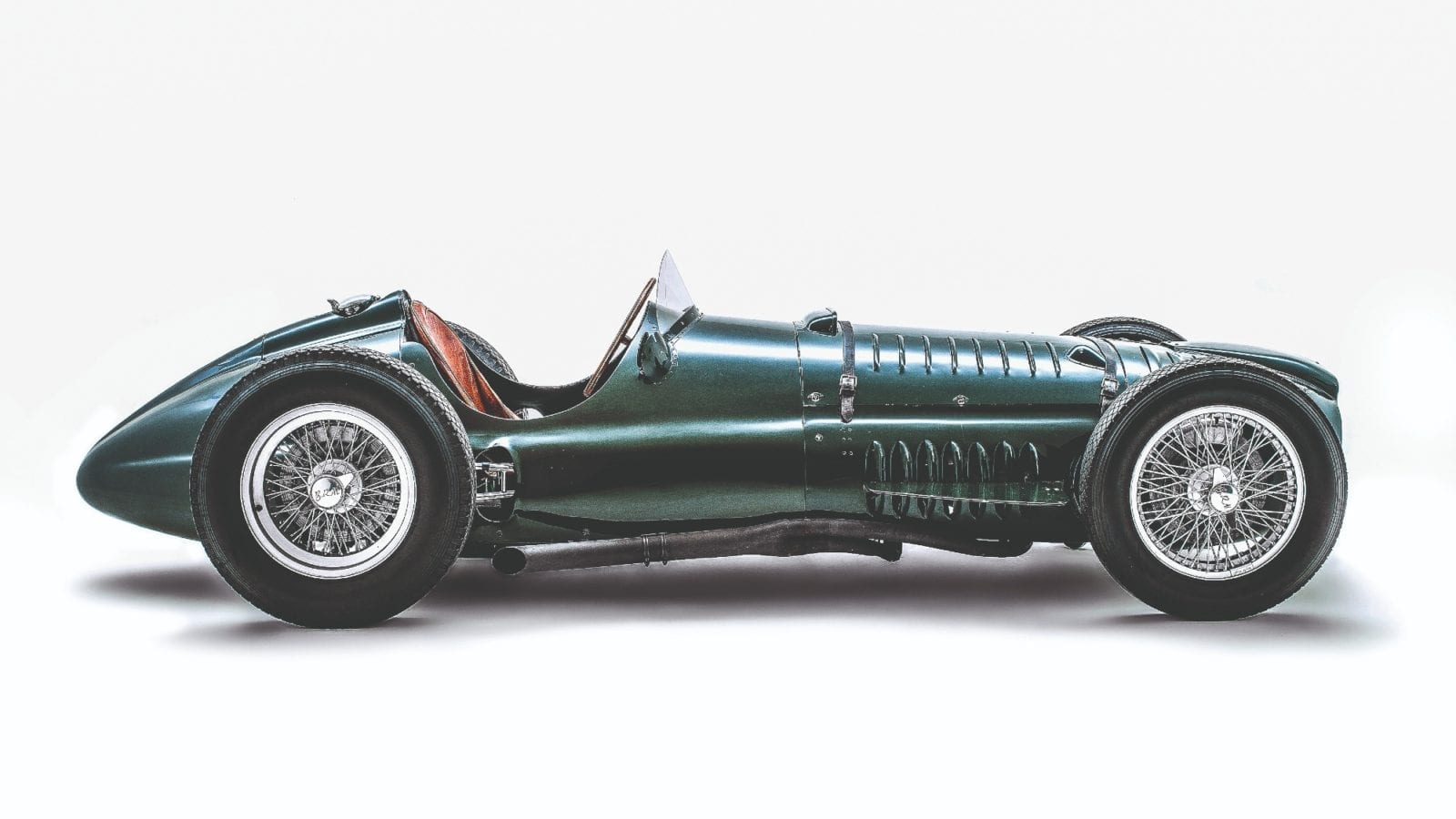BRM V16 set to roar again with continuation cars

Troublesome, perhaps. Handsome, definitely. Three new BRM V16s will be created to mark the team's 70th anniversary
Fangio described it as a “monster”; Moss said it was “terrifying” and few who heard it in action will ever forget the wail. Now there’s a chance to find out just what the ungodly noise was all about.
Three new BRM V16 continuation cars are to be built to mark the 70th anniversary of the British Racing Motors team.
Around 20,000 original drawings will be used to manufacture original-spec chassis and the mighty engines, influenced by Rolls-Royce’s wartime aero technology.
The short production run has been sanctioned by John Owen, the son of BRM’s team principal Sir Alfred Owen, and will be overseen by Rick Hall, the former BRM chief engineer whose company Hall & Hall has much previous experience with the complex V16s.
The three P15 Mk1 cars are expected to join the historic racing circuit, bringing the drama of the 600bhp engine to a new audience.
BRM’s V16 made its first test appearance just before Christmas in 1949, and was tipped to lead the British charge in the new Formula 1 World Drivers’ Championship.
It was not to be. The excitement of its competition debut lasted just seconds: Raymond Sommer pulled away at the start of the 1950 Silverstone International Trophy, lurched forward a few inches and came to a halt with broken transmission.
Extensive engineering improved the car’s reliability but little could be done about the brutal power delivery from its centrifugal supercharging, so fierce it led the car to spin its wheels in fourth gear.
With a pre-war suspension design, its handling proved challenging, too. Stirling Moss certainly had vivid memories of testing the V16.
“The brakes were OK, the acceleration
was incredible until you broke traction but everything else I hated, particularly the steering and the driving position,” he told Motor Sport. “Handling? I don’t remember it having any…”
